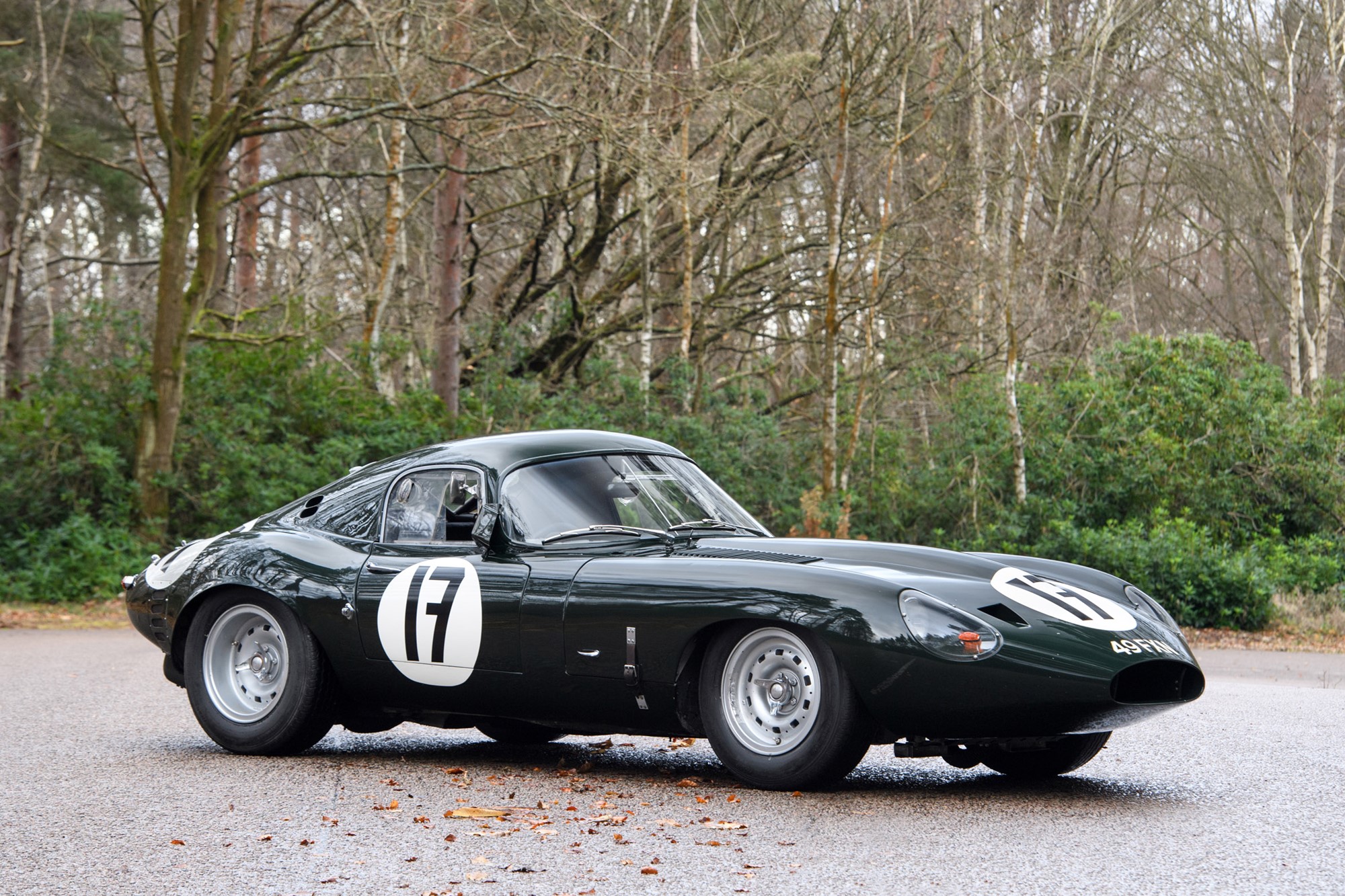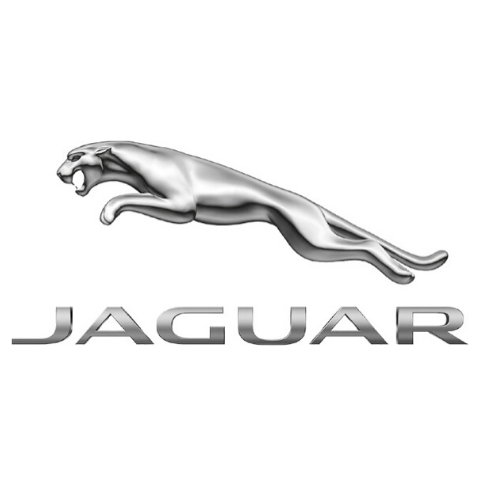None Jaguar E-type

The descriptions of the Classic Cars in the Directory were partly generated or supplemented with the help of artificial intelligence (AI). The content may occasionally not always be entirely accurate or factually correct despite careful checking.
The Jaguar E-Type, also known as the XK-E, is a two-seater sports car produced by the British manufacturer Jaguar between 1961 and 1975. It was a revolutionary car in terms of design, performance and handling, and became an iconic model that still commands the attention of car enthusiasts today.
The Jaguar E-Type was available in three versions: a coupe, a convertible and a 2+2 coupe. All of them shared the same basic design, which featured a long, swooping hood with a prominent air intake, a curvaceous body with a tapering rear, and a low, wide stance that gave it a muscular, aggressive look. The E-Type’s body was made of steel, with aluminum used for the hood, trunk and doors to reduce weight and boost agility.
Under the hood, the Jaguar E-Type was powered by a range of inline-six engines, which were designed by the legendary engine builder Walter Hassan. The earliest models had a 3.8-liter engine that produced 265 horsepower and 260 lb-ft of torque, while later models had a 4.2-liter engine that produced 265 horsepower and 283 lb-ft of torque. The most powerful version of the E-Type was the Series 3, which had a 5.3-liter V12 engine that produced 272 horsepower and 304 lb-ft of torque.
The transmission of the Jaguar E-Type varied between models, but most had a four-speed manual gearbox that was well-suited to the car’s performance capabilities. Some later models had the option of a three-speed automatic transmission. The suspension of the E-Type was independent, with double wishbones and coil springs at the front and a coil sprung rear axle, which gave it a comfortable ride while maintaining excellent handling and stability.
The brakes on the Jaguar E-Type were disc brakes all around, which was a significant upgrade from the drum brakes that were commonly used in that era. The braking system was linked to a hydraulic servo unit that helped to provide strong, responsive braking.
The interior of the Jaguar E-Type was luxurious and stylish, with features such as leather seats, a wood-rimmed steering wheel, and walnut veneer dashboards. The cabin was also surprisingly spacious, with ample legroom and headroom for the driver and passenger.
In terms of performance, the Jaguar E-Type was an impressive car for its time. It could accelerate from 0 to 60 mph in around 7 seconds, and had a top speed of 150 mph, which was exceptional for a production car in the 1960s. The car’s weight distribution, low center of gravity and advanced suspension system all contributed to its excellent handling, which made it popular not just as a road car, but also as a successful racer.
In conclusion, the Jaguar E-Type is a classic car that has stood the test of time thanks to its iconic design, impressive performance and advanced features. With its advanced suspension system, disc brakes, and powerful engine options, it remains a sought-after car for collectors and enthusiasts alike.
Milestones
- 1961: The first Jaguar E-type is introduced at the Geneva Motor Show - 1963: The Jaguar E-type is used by Enzo Ferrari as the "most beautiful car in the world" - 1964: The Jaguar E-type is updated with a larger, 4.2-liter engine, power steering, and better brakes - 1966: The Jaguar E-type receives a new, sleeker look and is renamed the Series 1.5 - 1968: The Jaguar E-type gets a new, 5.3-liter V12 engine and is renamed the Series 3 - 1971: The Jaguar E-type ceases production due to tightening safety regulations in the US market - 2014: Jaguar announces the limited-edition Jaguar E-type Lightweight Continuation, which includes six recreations of the famous Lightweight E-types from the 1960s - 2021: Jaguar announces plans to electrify the iconic E-type with a fully electric powertrain, set to debut in 2022Technical
- Production: 1961-1975 - Engine: Six-cylinder in-line or V12 - Transmission: Four-speed manual or three-speed automatic - Top speed: 150-150 mph - Acceleration: 0-60 mph 7.6-4.7 sec (varies by model) - Body style: Roadster or coupe - Suspension: Independent front and rear - Brakes: Disc brakes on all four wheels (introduced in 1964) - Fuel consumption: 10-18mpg (varies by model) - Weight: 2,362-2,835 lb (varies by model) - Length: 175.3-184.4 in (varies by model) - Width: 65.6-70.9 in (varies by model) - Height: 48.0-49.2 in (varies by model) - Wheelbase: 96-106.7 in (varies by model)